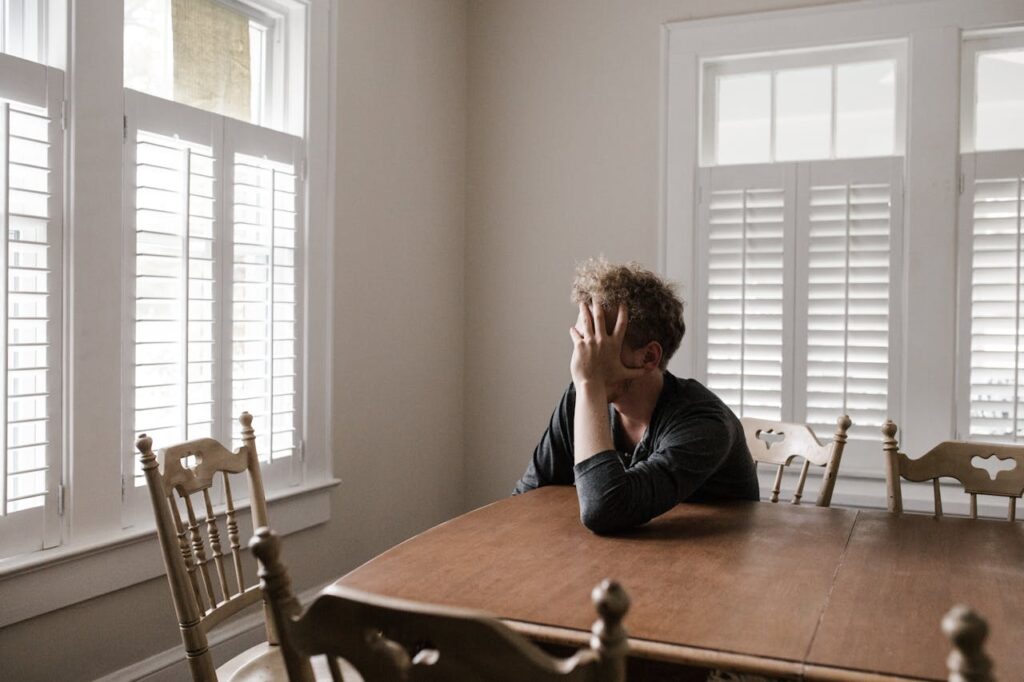The Hidden Turmoil of Obsessive and Catastrophic Thinking: A view beneath the surface.
In the quiet corridors of many households, an unseen and unspoken turmoil unfolds. Beneath the facade of normalcy, certain thinking patterns wreak havoc on individuals and their loved ones. Obsessive and catastrophic thinking, while not always overtly disruptive, can poison relationships, erode self-esteem, and create an environment fraught with tension and fear.
Obsessive thinking involves persistent, unwanted thoughts that refuse to leave the mind. These thoughts often revolve around imagined threats or concerns, creating a loop of anxiety that can be difficult to break. While the individual may maintain an outward appearance of control, inside they are trapped in a cycle of distress. This internal struggle can manifest in subtle ways, affecting how they perceive and interact with the world around them.
Catastrophic thinking, on the other hand, is characterized by a tendency to expect the worst possible outcomes. This pattern of thought magnifies every potential problem, turning minor issues into looming disasters. Such individuals often see the world through a lens of fear and negativity, anticipating failure or danger at every turn. This mindset, while seemingly protective, can lead to chronic stress and a pervasive sense of helplessness.
These thinking patterns can profoundly impact interpersonal relationships. In close circles, the constant barrage of obsessive and catastrophic thoughts can lead to manipulative and narcissistic behaviors. When questioned or challenged, these individuals may respond by shutting down dissent, often employing tactics like gaslighting, bread crumbing, and comparison to maintain their perceived control. The atmosphere becomes one of intimidation and fear, stifling open communication and genuine connection.
Children raised in such environments are particularly vulnerable. They absorb the negativity, learning to view the world through the same distorted lenses. Their self-confidence can be severely undermined, as they are frequently compared, ignored, or dismissed. The impact on their mental health and development can be profound, leading to issues that persist into adulthood.
The insidious nature of these thinking patterns means they often go unrecognized and untreated. Those affected may see themselves as highly intelligent and cautious, oblivious to the damage they inflict on themselves and others. The grey cloud that hangs over their households is real, even if it remains unseen by the outside world.
To those trapped in this cycle, the thought of seeking therapy may seem unnecessary. They might believe they are in control, that their vigilance is a sign of strength. Yet, the reality is far different. The constant fear and negativity erode their quality of life and the lives of those around them. Recognizing the need for help is the first step towards breaking free from these destructive patterns.
Therapy can offer a way out. It can provide the tools needed to challenge and change obsessive and catastrophic thoughts, fostering healthier ways of thinking and interacting. For the sake of their own well-being, and for those who depend on them, seeking professional help is not a sign of weakness, but of true strength and wisdom.
The author Dr. Sowmya, a physician and human development observer, shares her insights on the impact of obsessive and catastrophic thinking on individuals and their relationships. As a coach, she provides valuable input and guidance to help people break free from these destructive patterns, fostering healthier and more fulfilling lives.
Suggested Reading Fear

